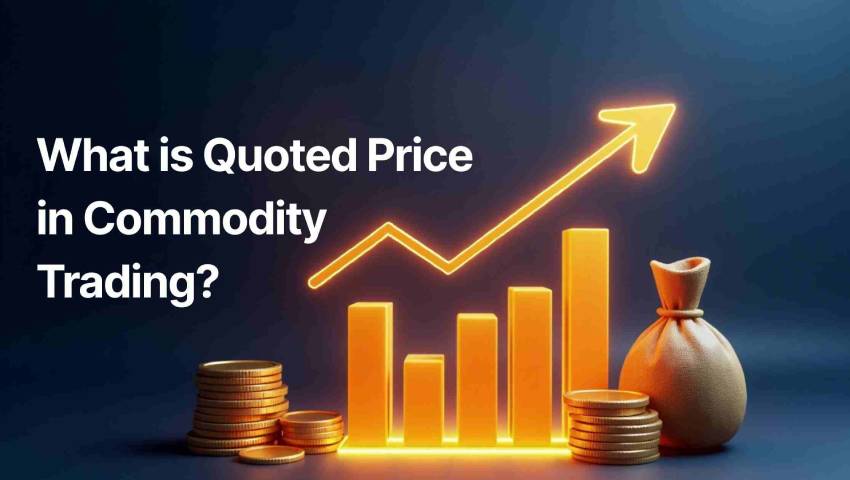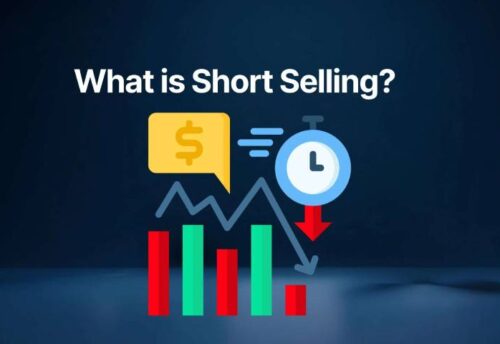
- 24/11/2025
- MyFinanceGyan
- 9 Views
- 0 Likes
- Share Market
What is a Quoted Price in Commodity Trading? – A Simple and Detailed Guide
When you enter commodity trading, one of the first terms you will hear is the quoted price. Understanding it is important for making good trading decisions.
What is a Quoted Price?
A quoted price is the most recent price at which a commodity was traded.
It tells you the current market value of that commodity.
A quoted price includes:
- Bid price – the highest price a buyer offers
- Ask price – lowest price a seller accepts
- Last traded price (LTP) – price of the most recent trade
Example:
If crude oil last traded at ₹6,000 per barrel, this becomes its quoted price.
Quoted Price in Spot vs Futures Market:
Spot Market: Price for immediate delivery of the commodity.
Example:
Gold is quoted at ₹5,000 per 10 grams.
Futures Market: Price of a contract for future delivery.
This price differs from spot due to:
- Storage cost
- Interest cost
- Market expectations
- Time left for expiry
Example:
Crude oil futures (three months) = ₹6,200 per barrel.
Components of a Quoted Price:
- Bid Price
- Ask Price
- Last Traded Price
- Bid–Ask Spread – difference between bid & ask
- Volume – quantity traded
Factors That Affect Quoted Prices:
- Supply and demand
- Weather conditions (affects agriculture commodities)
- Geopolitical issues (affects crude oil, metals)
- Market liquidity
- Speculation & news
- Government rules, taxes, duties
- Storage and transport costs
How to Understand Quoted Prices?
- Check the unit of measurement (barrel, kg, ton, etc.)
- Compare with historical prices
- Watch percentage changes
- Study the bid–ask spread
- Monitor global and local news
Why Quoted Prices Matter?
Quoted prices help traders:
- Decide on entry or exit points
- Manage risk
- Value their portfolios
- Understand market trends
- Compare contracts or commodities
Common Misunderstandings:
- Quoted price is not fixed; it keeps changing.
- It is not always the exact price you get during execution.
- It is influenced by many factors, including the bid–ask spread.
Conclusion:
The quoted price is the backbone of commodity trading. It shows the latest market value and helps traders make informed decisions.
Understanding how quoted prices work gives you confidence and clarity while trading.
Disclaimer:
This content is for educational purposes only. It is not investment advice or a recommendation to trade in any commodity. Always do proper research or consult a financial advisor.



